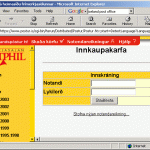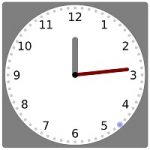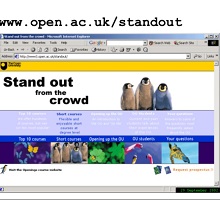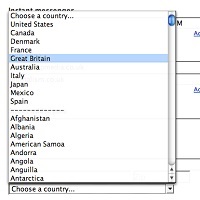Questionnaires often ask us to rate something or other. Recently, I’ve been asked about: ♦ my satisfaction with a huge website ♦ the effectiveness of a selection of ways to maintain or increase charge-out rates ♦ the cleanliness of aContinue reading… Piggy in the middle? Why people choose the midpoint in rating questions on questionnaires
Category: Design
“We’ll never get this past legal”
The other day I was trying to persuade someone to kill off a paragraph of the purest, most incomprehensible gobbledegook. Although she agreed that there was no merit in the paragraph, she rejected my suggestion with that depressing but commonContinue reading… “We’ll never get this past legal”
Negative plans for positive results
Wading through yet another complicated methodology the other day, my mind started to wander. Why are some of these documents so hard to understand? Why so repetitive? Process complexity happens by accident And I knew the answer really: the thingContinue reading… Negative plans for positive results
The value of ‘other’: other countries, other choices
Yesterday I was scrolling down yet another list of countries – must have been over 150 of them. There’s always a slight frisson to the game for me: will I find United Kingdom? Or perhaps I’ll be offered England, ScotlandContinue reading… The value of ‘other’: other countries, other choices
Fuzzy recommendations – being definite without being dogmatic
The other day I was in a project feedback meeting. I caught myself using the phrase ‘non-negotiable recommendations’. Now obviously a recommendation is something for consideration and is therefore intrinsically negotiable. So why did everyone nod in agreement at theContinue reading… Fuzzy recommendations – being definite without being dogmatic
Making web forms easy to fill in
Introduction and definitions What is a form? BFMA has its own definition, but for this tutorial I am going to propose one that looks at a form from the point of view of the person who fills it in –Continue reading… Making web forms easy to fill in
Back-to-front and inside-out estimating of testing
How to estimate the time needed for a usability test? One of my favourite lists was discussing this recently. Formulae were proposed, variables discussed, and weighting factors considered. I was torn somewhere between a wry smile and an attack ofContinue reading… Back-to-front and inside-out estimating of testing
How to obtain maximum insight by cross-referring site statistics, San Francisco, 2002
Slides from a presentation to the IIR/IMRO Symposium “Web-based surveys and usability testing”, San Francisco, California, US. The presentation describes a project at the UK’s Open University, which wanted to explore how students make course choice decisions. The students’ motivation,Continue reading… How to obtain maximum insight by cross-referring site statistics, San Francisco, 2002
Improving usability: case study of Inland Revenue Employer’s Pack
This presentation, given to the 49th Society for Technical Communication Conference in Nashville, USA, offers an overview of my work with the UK Inland Revenue (now HM Revenue and Customs). It records some our findings on usability, and the changes we made as aContinue reading… Improving usability: case study of Inland Revenue Employer’s Pack
Should I use a drop-down? Four steps for choosing form elements on the web
No. Don’t use a drop-down. Updated in 2023. Back in 2001, Sarah Allen and I wrote this paper, and I delivered it at the 48th Society for Technical Communication Conference in Chicago, Illinois. We had done plenty of testing ofContinue reading… Should I use a drop-down? Four steps for choosing form elements on the web










